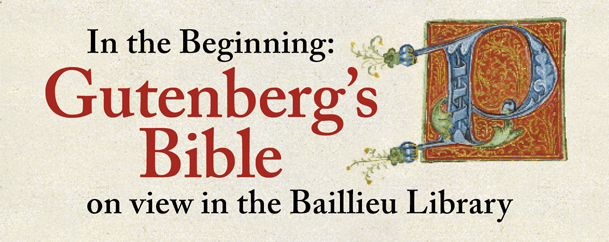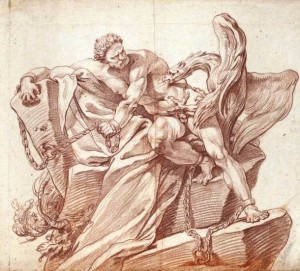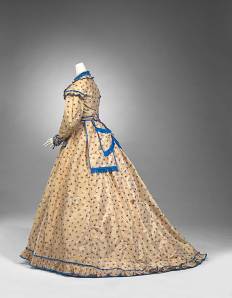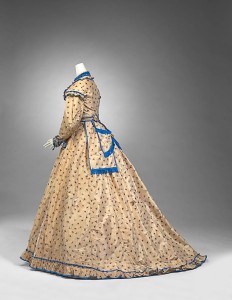The Gutenberg Bible on Exhibit in Melbourne
Next week sees the launch of the third annual Melbourne Rare Book Week (17 to 27 July). Bibliophiles from across Australasia and beyond will descend upon the city and enjoy an array of talks, demonstrations and exhibitions, ending with the Melbourne Rare Book Fair (25 to 27 July). Visitors to this year’s Rare Book Week will also be able to attend a range of events in the university’s biennial Cultural Treasures Festival (26 and 27 July).
The university will once again host the fair in Wilson Hall, but also add something very special to the 2014 Rare Book Week programme: A 10-day exhibition of the Gutenberg Bible.
The Bible, on loan courtesy of The University of Manchester’s John Rylands Library, will be displayed from 18 to 27 July in the Dulcie Hollyock Room located on the ground floor of the Baillieu Library.
Like all Rare Book Week events, the exhibition is free and open to the public. Viewing hours are 11.00am to 5.00pm daily. Bookings not required.
A series of floor talks connected with the exhibition are also taking place. Details and how to book can be found on the Gutenberg Bible exhibition and Cultural Treasures Festival webpages.
A selection of incunabula and later religious texts from Baillieu Special Collections is also on display on the ground floor of the library in support of the Gutenberg Bible exhibit.
Whether you are local to Melbourne or just visiting, a chance to see a copy of the first substantial book printed in the Western world is not to be missed!





